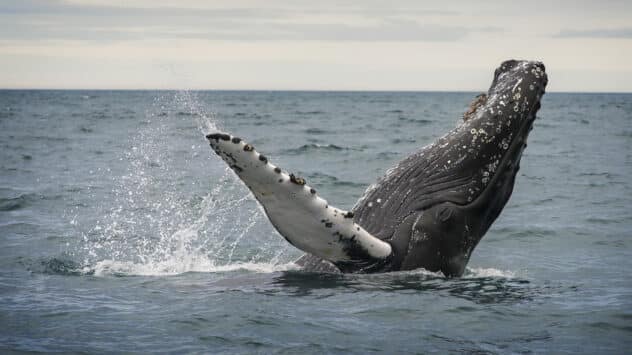
Iceland to Ban Commercial Whaling by 2024
In two years, Iceland will officially hang up its harpoon. The country, one of only three in the world that allows commercial whaling, will end the controversial practice when current quotas expire.

In two years, Iceland will officially hang up its harpoon. The country, one of only three in the world that allows commercial whaling, will end the controversial practice when current quotas expire.
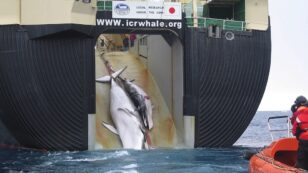
Japan is proposing a slew of rule changes at the International Whaling Commission (IWC) meeting in Florianópolis, Brazil this week that conservationists worry would ultimately lift a 1986 moratorium on commercial whaling. Japan, which launched a “scientific whaling” program in 1987 as a loophole to the moratorium, has killed more than 15,600 whales in the […]
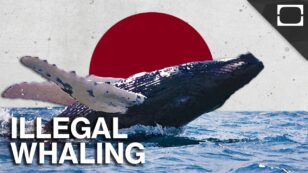
For years, the Japanese government has hunted whales under the name of “scientific research.” Now officials are angling to resume commercial whaling at the International Whaling Commission (IWC) meeting this September in Brazil. At the meeting, officials “will propose setting a catch quota for species whose stocks are recognized as healthy by the IWC scientific […]
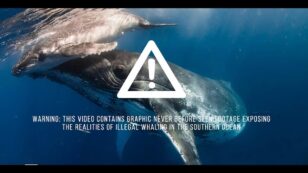
More than 120 pregnant female minke whales were killed this year in the Antarctic Ocean as part of Japan’s controversial “scientific whaling” program. The numbers were revealed in a newly released report presented earlier this month at the International Whaling Commission (IWC) Scientific Committee meeting in Bled, Slovenia. According to the report, Japanese whaling vessels […]

Japan’s whaling vessels returned to port with 333 minke whales on Friday after its months-long Antarctic hunt. The Fisheries Ministry said the whales were killed in the name of science. “The purpose of this research is to carry out a detailed calculation of the catch limit of minke whales and study the structure and dynamics […]
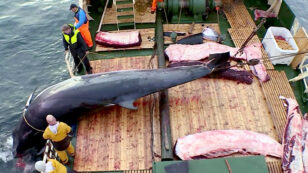
Ninety percent of the minke whales hunted and killed each year in Norwegian waters are female and ” almost all” of them are pregnant, according to a documentary aired earlier this month on NRK, a government-owned public broadcasting company. [facebook https://www.facebook.com/havforskningsinstituttet/videos/vb.107340812637299/1770870212951009/?type=2&theater expand=1] The documentary, Slaget om kvalen (“Battle of Agony”), shows grisly footage of Norway’s […]
In a stunning victory for the whales, the International Court of Justice (ICJ) in The Hague announced their binding decision today in the landmark case of Australia v. Japan, ruling that Japan’s JARPA II whaling program in the Antarctic is not for scientific purposes and ordering that all permits given under JARPA II be revoked. […]